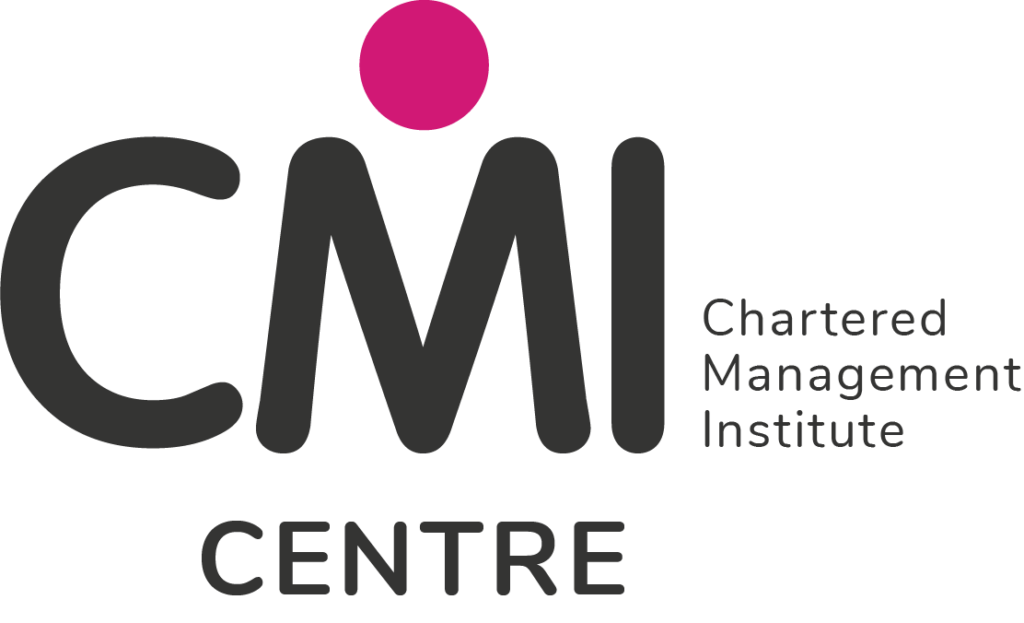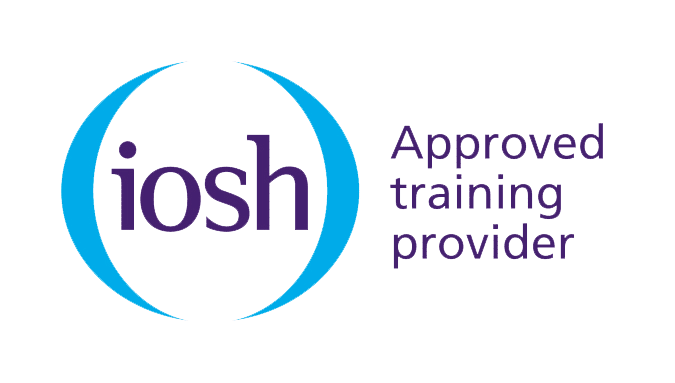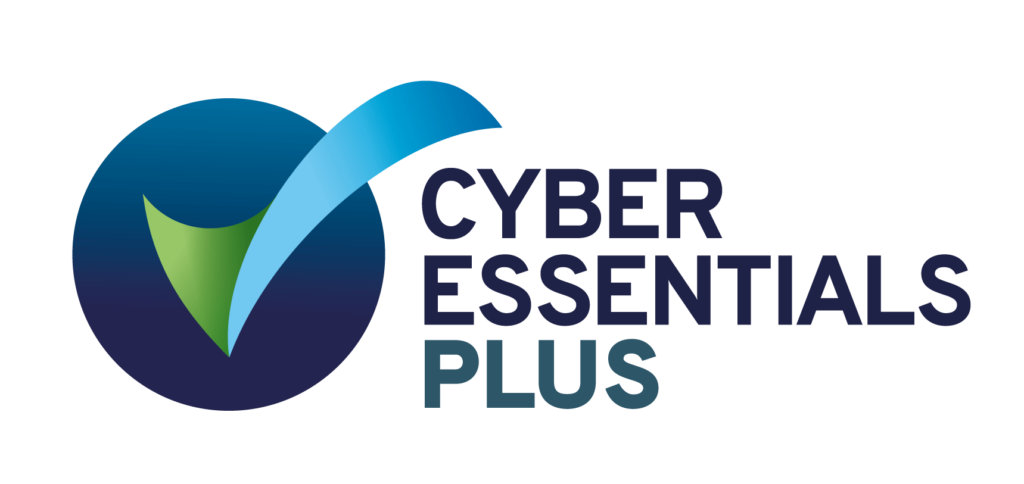In the search for essential skills support that remote workforces need in order to be highly effective, one word comes up time and time again – trust.
In all directions – leaders trusting their teams, teams trusting their leader and teammates trusting each other – trust provides the foundation for productive, collaborative work to take place regardless of the physical arrangement or technology being used. So, what can people, particularly leaders, do to bring this about and why is it important in the world of hybrid and remote work that so many workforces are immersing themselves in?

It might sound slightly reductive to say that leaders can engender more trust by being more trustworthy, but there are more behaviours and leadership choices than you might think which contribute to an overall ‘level of trustworthiness’.
It’s also worth noting that leaders set benchmarks for their team – where they are conspicuously evidencing behaviours, these are mirrored in everyone else’s attitudes and approaches. Whether consciously or subconsciously, people will use their manager as a litmus test for what is and isn’t acceptable. In this way, team leaders should first look to themselves when they want to build trust within their team, not least because this is where they have the most control.
Stephen R. Covey – a name that will be familiar to those who have looked into leadership theory – identified a number of these behaviours in his extensive research and writing, of which we have explored some below.

Displaying Loyalty
This can translate as acknowledging the contributions of others and being deliberately mindful of how they speak about them. If a manager is willing to disparage someone in front of their teammates, how trusting will those people be that they aren’t doing the same about them?
Visibly elevating the voices and opinions of people is another effective tactic – particularly if they are absent or their voice is being suppressed.
Commit and Deliver
The relationship between these two is crucial. Anyone can make promises or hold their hand up and say “leave that to me”, but to do it without following through can erode trust rapidly. Showing that you can be relied on to ‘grip’ problems or challenges from start to finish is an excellent way for a leader to show they can be trusted, and when this is the case for something that a member of their team has personally raised or something that the team really values, this positive effect is only magnified.
Listening to Understand, Not Just Reply
This is a nuanced skill that takes time and effort to master. However, even if a leader hasn’t perfected it, simply attempting to do so can have an impact. Listening to understand contributes, at a small-scale level, to something discussed above – ensuring that all voices are heard.

Although there is less to understanding during these, practicing this form of ‘active’ listening during routine, everyday interactions that make up a working day can be impactful. It might not feel like it is, but it will show them that when there is something more serious to discuss, they can trust that it will be listened to and acted on accordingly.

The sporadic or permanent physical separation of team members from one another and from their team leader does not have to equate to any separation or disconnection in their working relationship. When contact and communication will inevitably be reduced, trust plays an important part in avoiding it.
When the team leader feels like they can trust their reports, they are much less likely to fall into the damaging practices of ‘micromanagement’, which is important given that micromanagement can be more damaging – and possibly more keenly felt – in remote working relationships. Unwanted ‘guidance’ and regular interruptions can be more frustrating when they arrive out of the blue and without the nuance (i.e., body language) that face-to-face interruptions allow for. Similarly, and even if they are well-meant, these disturbances can detract from the quiet atmosphere that so many workers value their home office for.
The sudden move to widespread working from home in accordance with Government guidelines over the past few years showed many organisations that it was possible, it also raised issues. The added uncertainty and distress of a pandemic notwithstanding, many people found the remote office environment to be a very isolating one, and research has shown that some of these individuals, particularly ones working alone, still feel this way in the post-pandemic, hybrid environment. So, its vital that individuals believe they can speak up about how they are feeling and request the support they need in order to be both effective and happy in their remote work.

Finally, a key point Covey makes around trust is that it enables speed. Where leaders trust their teams, they won’t ask them to justify all their actions or feel like they need to explain every decision to them. Compared to a lack of trust, which can make a leader feel like they’re working in slow motion, a trusting environment enables quick choices and rapid responses. Trusting leaders can take approaches like “we don’t know the outcome but I have confidence in you, so let’s get on with it.” This couldn’t be more relevant in the current climate of constant change and also enables and empowers innovation and original thinking in the remote office.
As with all workforce skills support, specific requirements emerge all the time in response to pressures and priorities. Supporting the development of trusting relationships all through your organisation is both a pragmatic response to the rise of the remote office and a sensible choice for its wider growth and development.
If we can help with any of your learning and development priorities, fill out an enquiry form on the Talk to Us page.






